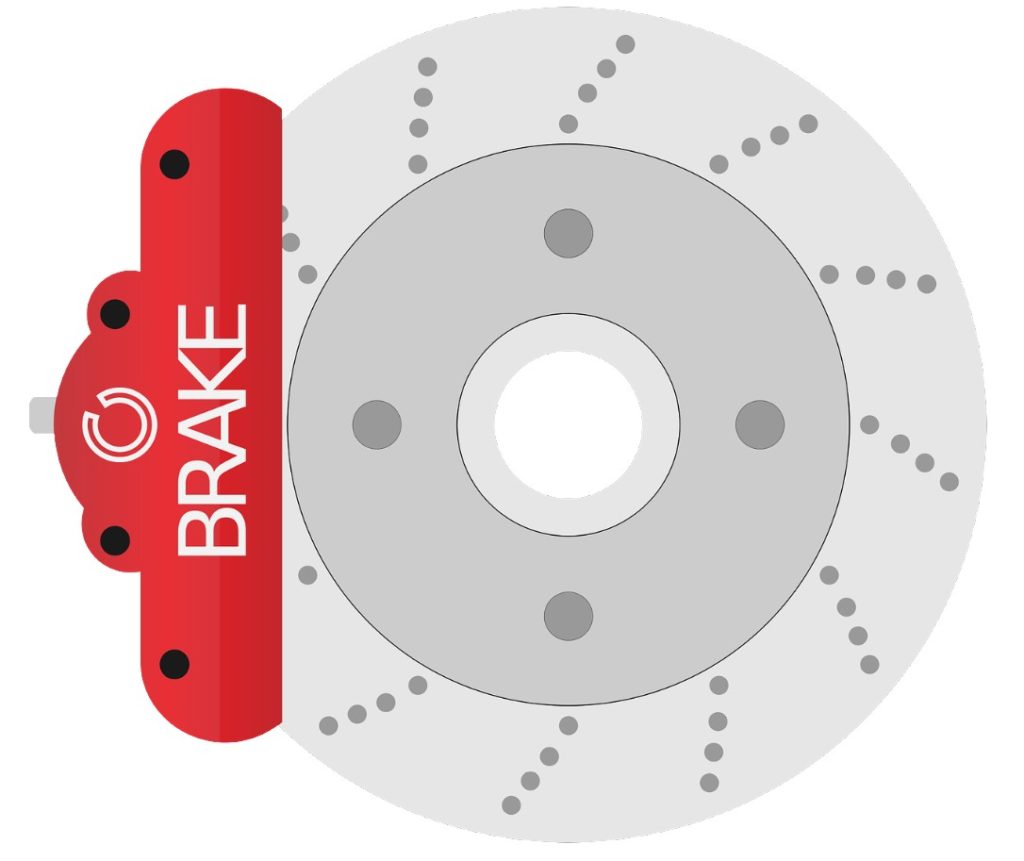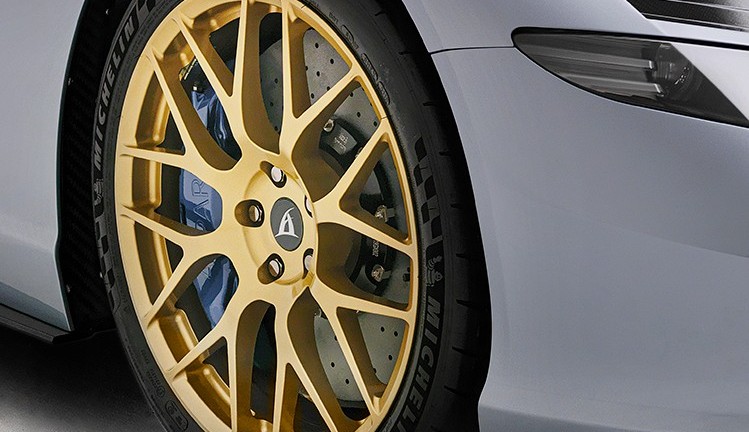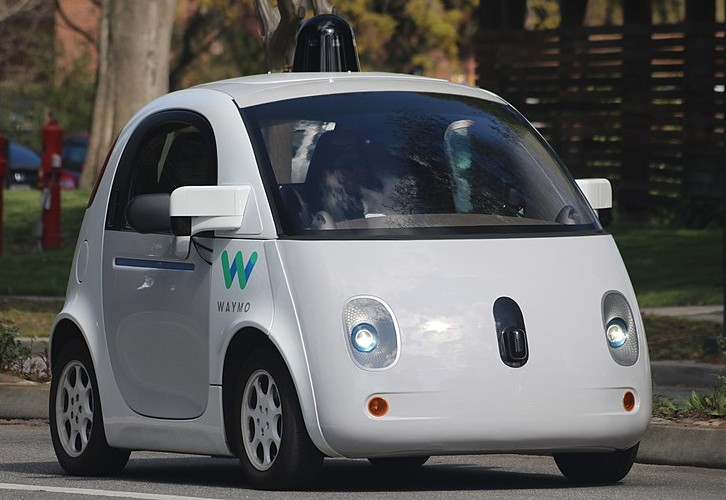6 Trends In The Automotive Brake Industry

A lot is happening in the automotive brake industry. These are the six latest trends, based on research by 6th Gear Automotive Solutions:
1. Quieter Brakes
Noise is increasingly seen as a new form of ‘pollution’. Furthermore, electric cars are so quiet that brake noise becomes relatively louder. Car makers and brake manufacturers are therefore developing a new generations of very quiet brakes. Most brake noise is caused by the brake pads hitting the brake disc, by wind, and by the brake’s hydraulics. Brake makers are launching brake systems made of new materials, like ceramic brake pads, and they are also improving the aerodynamics of the brake calipers, bringing down wind noise.
2. Less Brake Dust
Brake dust has long been a serious polluter. And with ever greener automobiles the brake dust problem becomes, again, relatively larger. Increasingly, brake dust is calculated as a part of the total ‘pollution package’ of a car by regulators, making reduction even more important for car makers. There are basically two ways to reduce brake dust: Use brake dust filters or develop new materials that don’t spread brake dust in the first place.
3. More Pistons

There is a race going: who can fit the most pistons in a brake caliper? Theoretically, the more pistons the better braking. However, more pistons also add expenses, complexity and weight. Therefore, this solution is attractive only for super car makers, where money doesn’t matter. The current record holder is a Japanese company called Aspark, which fits 10-piston brake calipers on their crazy Owl hybrid street racer.
4. Smaller Brakes For EVs
An electric car needs less traditional brake power than a vehicle with a petrol engine. Much of the braking in an EV is done by the electric motor itself. When a driver steps of the accelerator the electric motor starts spinning in the opposite direction, slowing the car down and regenerating electricity in the process. Therefore, electric vehicles can do with smaller brake discs, smaller brake calipers and smaller brake pads. Some new electric cars even ditch the brake pedal!
5. Larger Brakes For Super SUVs
At the same time, there is a development going on where brakes are actually getting bigger. This is mostly happening withing the super-SUV segment, where ever-more powerful engines combined with a heavy weight require ever more powerful brakes. Most focus lays on the diameter of the brake disc. The current number one is the Lamborghini Urus, with 440 millimeter brake discs at the front. The Lamborghini is closely followed by the recently launched Aston Martin DB-X, which has 41 millimeter discs up front.
6. Automatic Braking

With the level of computing and situational awareness on the latest generation of high-tech cars braking becomes increasingly automatic, and this trend will only accelerate faster when autonomous technology gets better. The law in an important factor too. Within this year, more than 40 countries will require automakers to equip their cars with some form of automatic braking to improve safety on the road. And it aren’t just cars, trams and even tractors are getting automatic braking systems too.
For more trends in automotive braking systems, watch this space!